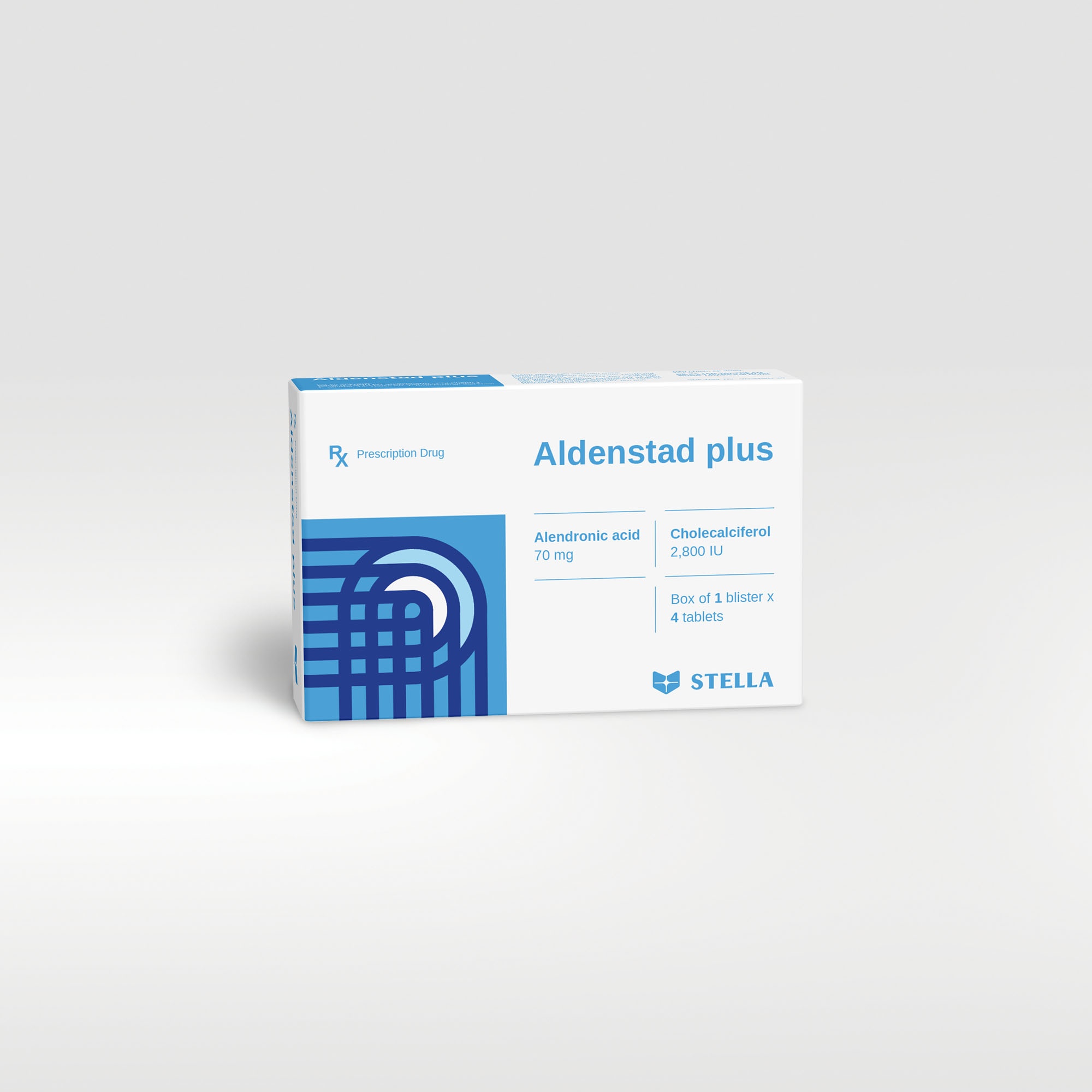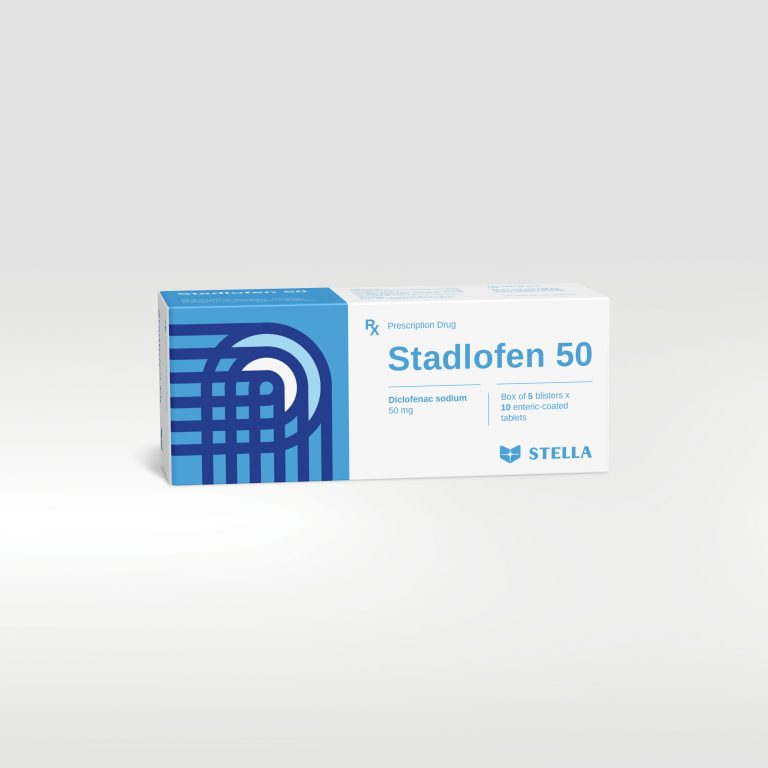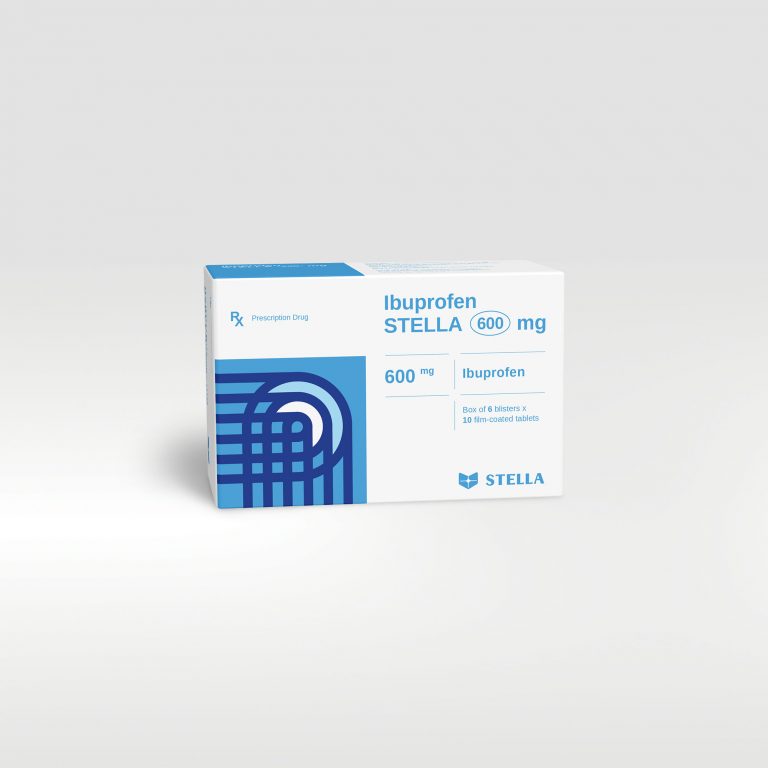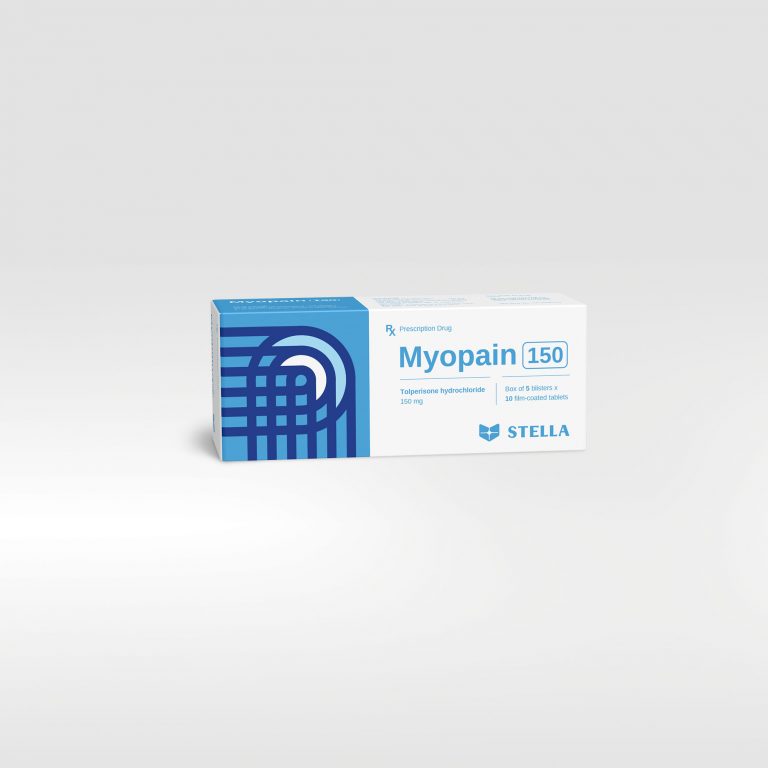Indications:
Aldenstad plus is indicated for the treatment of postmenopausal osteoporosis in women at risk of vitamin D insufficiency. It reduces the risk of vertebral and hip fractures.
Dosage:
- The recommended dose is one tablet once weekly.
- If they miss a dose of Aldenstad plus they should take one tablet on the morning after they remember. They should not take two tablets on the same day but should return to taking one tablet once a week, as originally scheduled on their chosen day.
- Due to the nature of the disease process in osteoporosis, Aldenstad plus is intended for long-term use.
- The need for continued treatment should be re-evaluated periodically based on the benefits and potential risks of Aldenstad plus on an individual patient basis, particularly after 5 or more years of use.
- Patients should receive supplemental calcium if intake from diet is inadequate. Additional supplementation with vitamin D should be considered on an individual basis taking into account any vitamin D intake from vitamins and dietary supplements.
Usage:
Aldenstad plus is administered orally.
To permit adequate absorption of alendronate:
- Aldenstad plus must be taken with water only (not mineral water) at least 30 minutes before the first food, beverage, or medicinal product (including antacids, calcium supplements and vitamins) of the day. Other beverages (including mineral water), food and some medicinal products are likely to reduce the absorption of alendronate.
- The following instructions should be followed exactly in order to minimise the risk of oesophageal irritation andrelated adverse reactions:
+ Aldenstad plus should only be swallowed after getting up for the day with a full glass of water (not less than 200 ml or 7 fl.oz.).
+ Patients should only swallow Aldenstad plus whole. Patients should not crush or chew the tablet or allow the tablet to dissolve in their mouths because of a potential for oropharyngeal ulceration.
+ Patients should not lie down until after their first food of the day.
+ Patients should not lie down for at least 30 minutes after taking Aldenstad plus.
+ Aldenstad plus should not be taken at bedtime or before arising for the day.





















